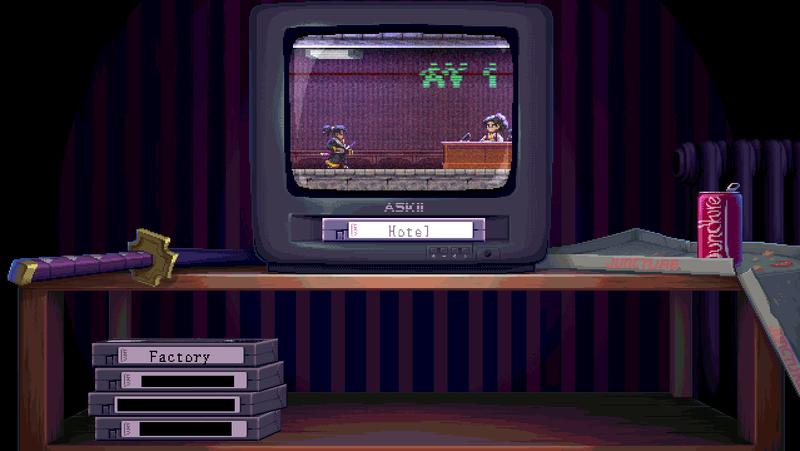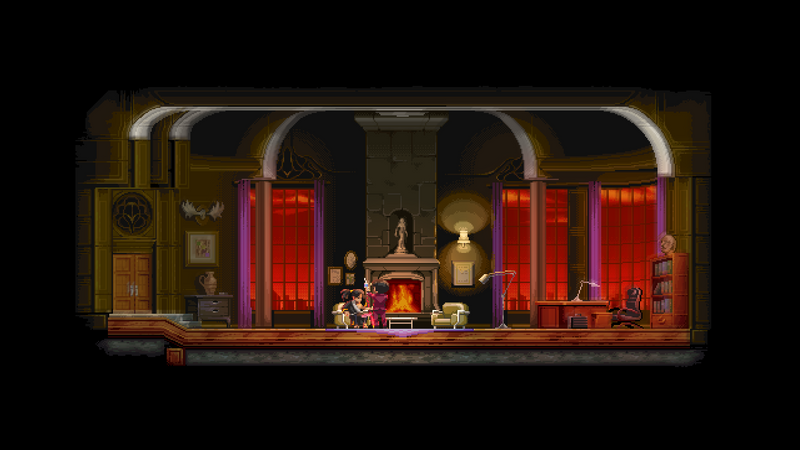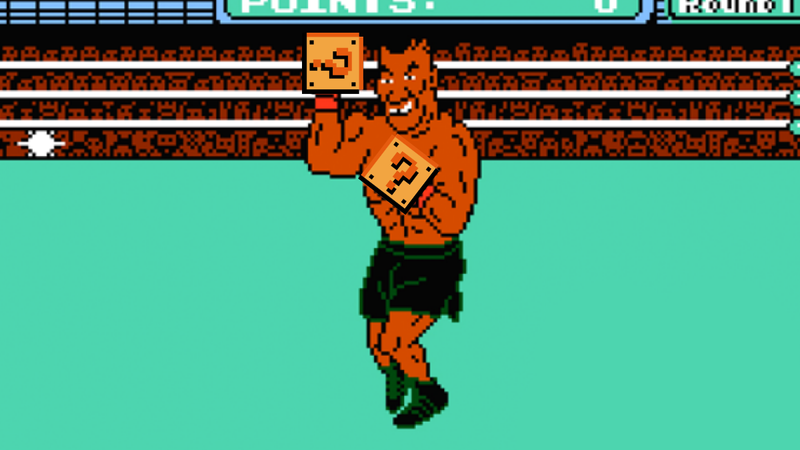Katana Sifr
Have you seen the first John Wick movie? For a film that’s the co-directorial debut of a stunt coordinator/stuntman, it’s got what it needs: style, flash, and enough framing from which to hang a story. It’s fun, has relatable key points in the main character’s tragic losses, and mostly exists as an excuse to let Keanu Reeves hit people, to which I do not object.
However, John Wick 2: Back in the Saddle exposes all of the weaknesses of the first film in its attempt to expand and extend the worldbuilding elements into something cohesive enough for future films. Much like a film set, once the audience turns its head slightly, all the rough structure hiding behind the artifice becomes apparent. What once was a mysterious, shadowy organization sitting behind Ian McShane’s Winston becomes boring office political machinations, but with guns. The system of gold coins functioning as untraceable underground currency feels about as substantial and sensible as chocolate coins wrapped in foil that you get for Halloween.
Katana Zero seems to be cut from the same cloth as John Wick, albeit with a number of interesting ideas scattered throughout. Much like John Wick, it doesn’t really need a strong foundation to sell its main thrust of tight, fast gameplay with as much pixelated blood as can be allowed. The main character is an amnesiac assassin dressed as a samurai in a neo-noir city full of armed guards, gangsters, and police. To even the odds, the character has the ability to “plan into the future,” testing different scenarios out before settling on the one that would “work.” As an in-universe gimmick to explain how a character might die repeatedly and retry, it’s not half bad really. It’s also a functional excuse as to how our hero protagonist armed with a katana can repeatedly survive encounters against gun-toting goons.
At the end of each section of planning and execution, the section is replayed with a VHS effect, complete with wobble and an On-Screen Display, as though it’s being viewed back or being recorded by a security camera. A lot of this aesthetic seems to come from a somewhat-anachronistic mixture of 80s ideas that games like Galax-Z did as well; they present a world of VHS, synthwave, arcade machines, and anime. The pause menus look like VHS menus that those with late-era VHS machines will remember. Each mission pauses briefly at the start to introduce a synthwave track playing on the samurai’s (presumed) cassette player.
It’s all good style, particularly those looking for an 80s nostalgia trip. The gameplay is decent enough as well: the platform/puzzle hybrid works well enough to keep you trying. The one-hit kills are balanced by the slowdown power, as well as some semi-invincibility granted by rolling. It doesn’t get much more complicated than a pretty narrow band of options, unfortunately. You can engage melee enemies, deflect most ranged attacks, and throw items you find in the world, some of which have environmental effects like blowing up a series of conveniently-arranged explosive barrels. There are also a few sections where it pays somewhat to lure out enemies and cluster them together for easier killing, but it never gets particularly difficult. I found it more annoying than anything, as several sections will instantly kill you upon opening a door for the first time, requiring you to immediately hit the slowdown button before you eat a bullet to the face. Worse, because the door opening animation is actually a cutscene, you may hit the button too early on subsequent attempts, leading to repeated bullets to the face. Thanks game, that was so fun.
The story, much like the aesthetic, pulls from a grab-bag of ideas, though the sum total don’t really seem to develop into a theme. The plot is doled out through conversations with characters like the samurai’s psychiatrist/handler who asks him inane questions before injecting him with drugs and handing him a dossier for his next target. The game attempts to build a sense of mystery via the main character’s amnesia and mental episodes where time and his memory seem to skip and shift. I felt some of the influence of Momento here, but whereas that film built the main character’s experience into the editing so as to connect his experience to the audience, in Katana Zero, it just feels like window dressing as opposed to building to a larger theme.
Other elements of the worldbuilding seem downright bizarre. While many elements harken back to Japanese anime or neo-noir like Blade Runner, certain elements use Middle Eastern and Arabic references. The name of the city is New Mecca, and some characters have names like Al-Qasim. However, this only seems to serve to distance it from the usual Asian/Japanese pastiche favored by those summoning the 80s aesthetic, and frankly seem very out of place, nor do they develop any deeper meaning at any point.
Further more bizarre is the introduction of two characters in lab coats and Comedy/Tragedy masks. While the samurai is, at best, an unreliable, drugged up narrator, these supernatural beings seem very out of place. At first they seem figments of the broken mind of the protagonist, but by the end they show themselves to be real enough to kidnap one of the characters important to the samurai. Even for the synth-soaked world the characters inhabit, these characters seem far too deus ex machina for the setting. And we don’t really know what they’re about, because the game doesn’t see fit to tell us. The game ends on a cliffhanger, setting itself up for a DLC (which is forthcoming) or even perhaps a sequel to come later.
And this is the main problem with Katana Zero, similar to the problem with John Wick. Both display flash and style, and while they make gestures at substance, its too-often empty behind the scenes. We don’t yet have Katana One or Katana Point-Five, but already Zero feels like it’s trying a bit too hard to rise above its aesthetic as opposed to embracing it. It’s J.J. Abrams’ style filmmaking in a video game plot, Mystery-Boxing the audience with a bunch of setup and seemingly little payoff. While I had enough fun playing Katana Zero, it was just that: enough. Nothing seemed to rise above the surface level in any meaningful way in either the plot or the gameplay, and nothing in this first outing gives me much confidence that the DLC or a second outing might be able to stick the landing.
Mystery Boxing